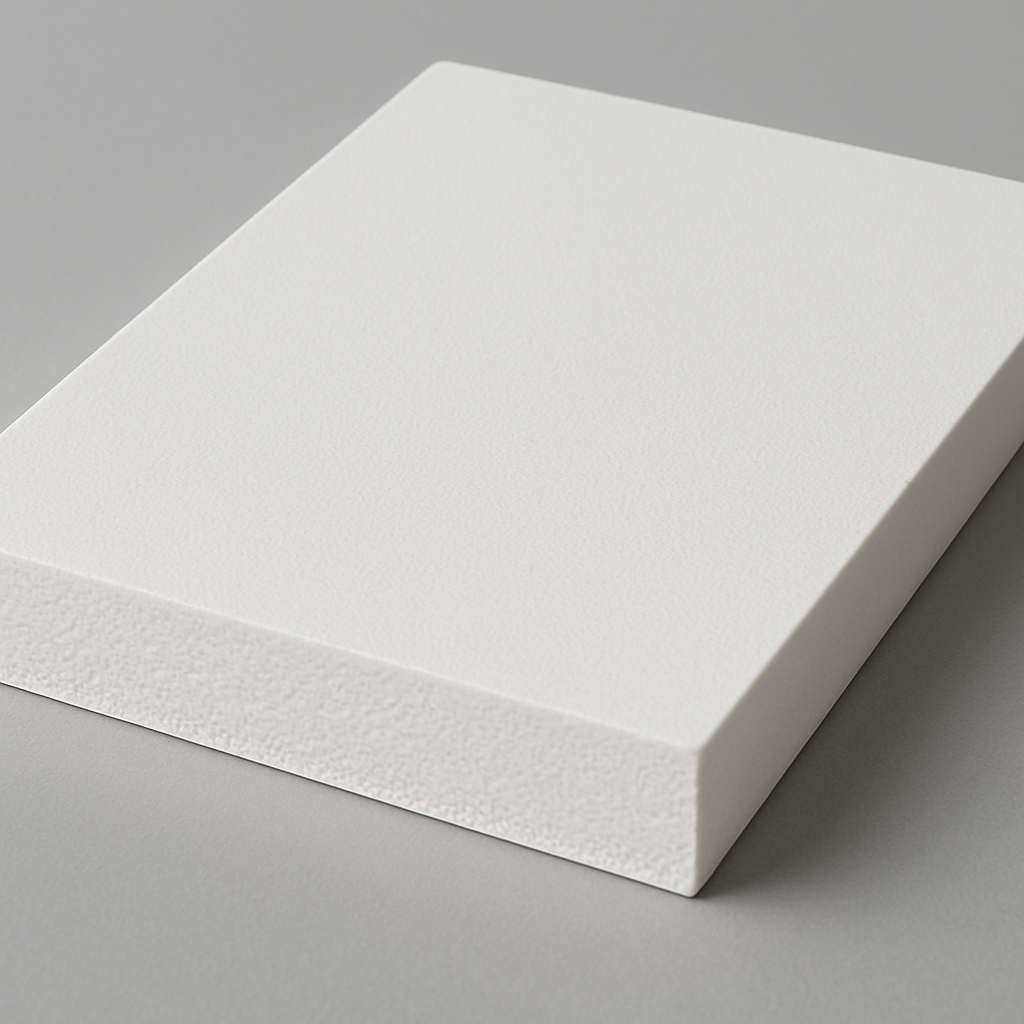
PMI Foam: A New Material for Lightweight and Enhanced Protection in Armored and Infantry Fighting Vehicles
In modern military technology, the design of armored vehicles and infantry fighting vehicles faces a perpetual challenge: how to strike a balance between lightweight construction and high protection? Traditional steel armor, while robust, is incredibly heavy, which limits the vehicle's mobility, fuel efficiency, and payload capacity for weapon systems. To overcome this dilemma, material scientists are exploring a range of new materials. Among them, PMI foam (polymethacrylimide foam) stands out with its unique advantages, emerging as a highly promising core material for next-generation armor design.
What is PMI Foam?
PMI foam is a high-performance, rigid foam primarily composed of polymethacrylimide. It is known for its ultra-lightweight properties, high specific strength, and excellent heat resistance. Specifically, PMI foam has an extremely low density but very high compressive and shear strengths. This unique mechanical profile makes it an ideal core material for sandwich structures. In the military domain, it is typically combined with composite materials like carbon fiber, glass fiber, or ceramic plates to form a "sandwich" type composite armor, known as PMI foam sandwich composite armor.
Advantages of Using PMI Foam in Armored Vehicles
1.Significant Weight Reduction: This is the most prominent advantage of PMI foam. Compared to traditional steel armor, using PMI foam composite armor can drastically reduce the overall weight of the vehicle, thereby improving its mobility and off-road capability. A lighter vehicle can carry more powerful weapon systems, more advanced electronic equipment, or simply have a greater operational range, reducing reliance on logistics.
2.Enhanced Protection Performance: PMI foam excels at absorbing impact energy. When a projectile or fragment strikes the composite armor, the surface composite panel is responsible for fragmenting or deflecting the warhead, while the internal PMI foam layer efficiently absorbs and disperses impact energy through its microporous structure. This energy absorption mechanism effectively reduces damage to the vehicle's internal structure and significantly mitigates the secondary fragmentation effect. Studies show that for the same level of protection, PMI foam composite armor is much lighter than traditional armor while providing superior blast resistance and ballistic performance.
3.Excellent Stealth Properties: The non-metallic nature of PMI foam gives it good potential for radar stealth. As part of the armor, it can be combined with radar-absorbing materials to effectively reduce the vehicle's radar cross-section (RCS), enhancing its battlefield survivability.
4.Structural Integration and Versatility: Besides serving as an armor core, PMI foam can also be used to manufacture vehicle structural components such as roofs, floors, and bulkheads, allowing for the integrated design of structure and protection. This not only further reduces weight but also simplifies the manufacturing process and lowers production costs. Its excellent thermal and sound insulation properties also provide a more comfortable environment for the crew inside.
Future Outlook
Although the application of PMI foam in the military sector is still in its developmental stages, its potential as a core material for future lightweight armor and protection systems is undeniable. With continuous advancements in manufacturing technology and gradual cost reduction, PMI foam is expected to play a broader role in areas such as unmanned combat vehicles, future infantry fighting vehicles, and even military aircraft. It represents the future direction of deep integration between materials science and the defense industry, offering a new solution for enhancing the performance of next-generation military equipment.

PMI foam
Latest News




